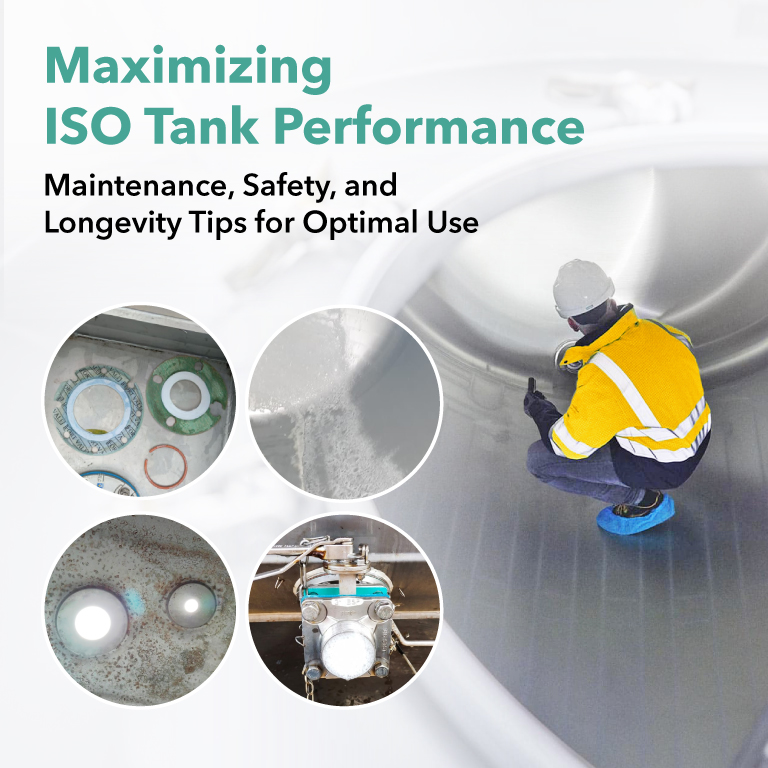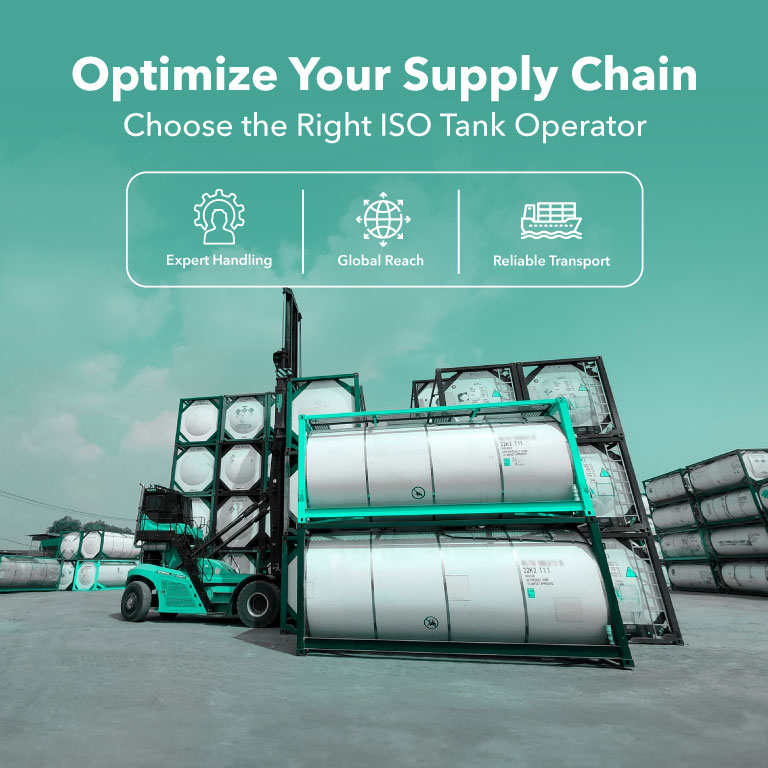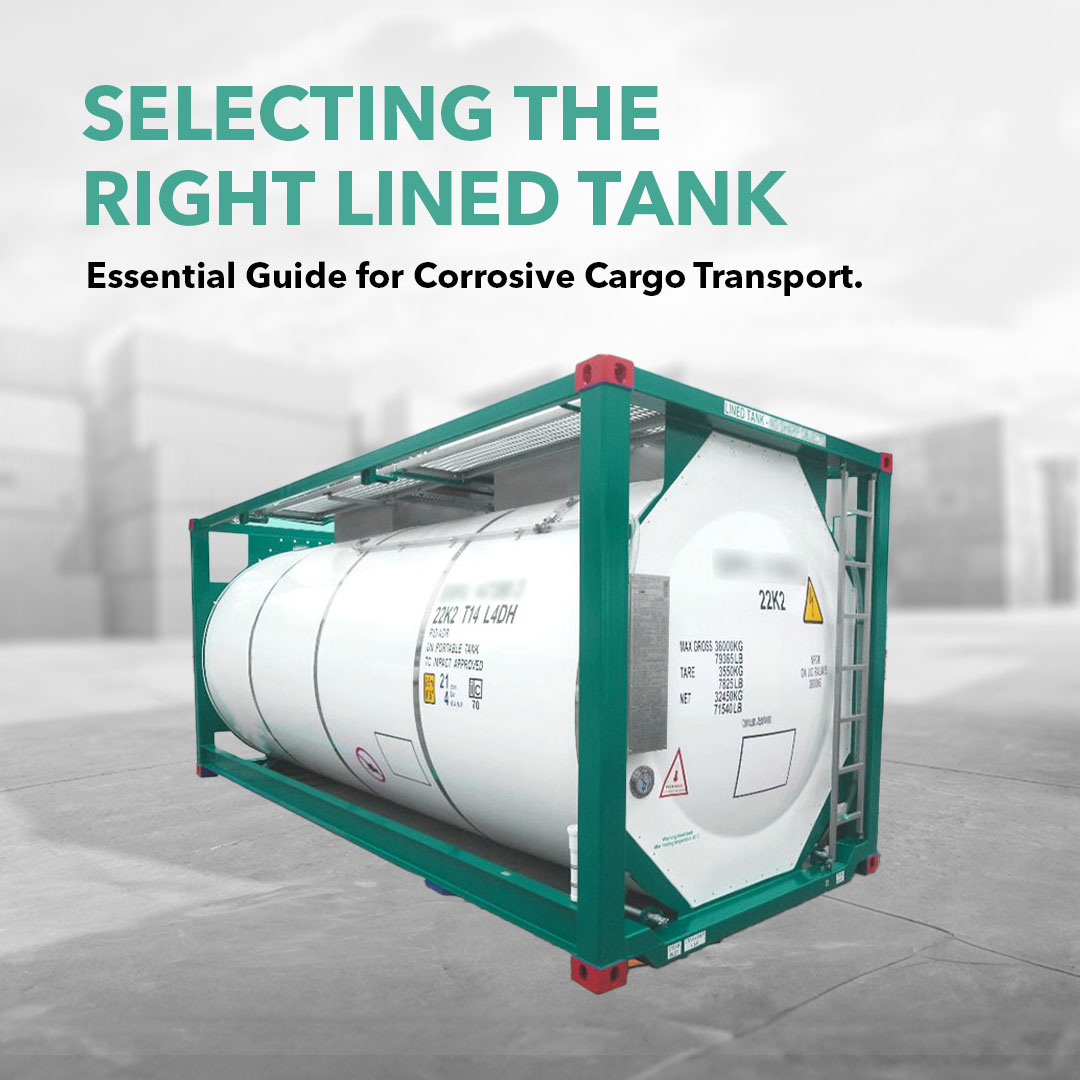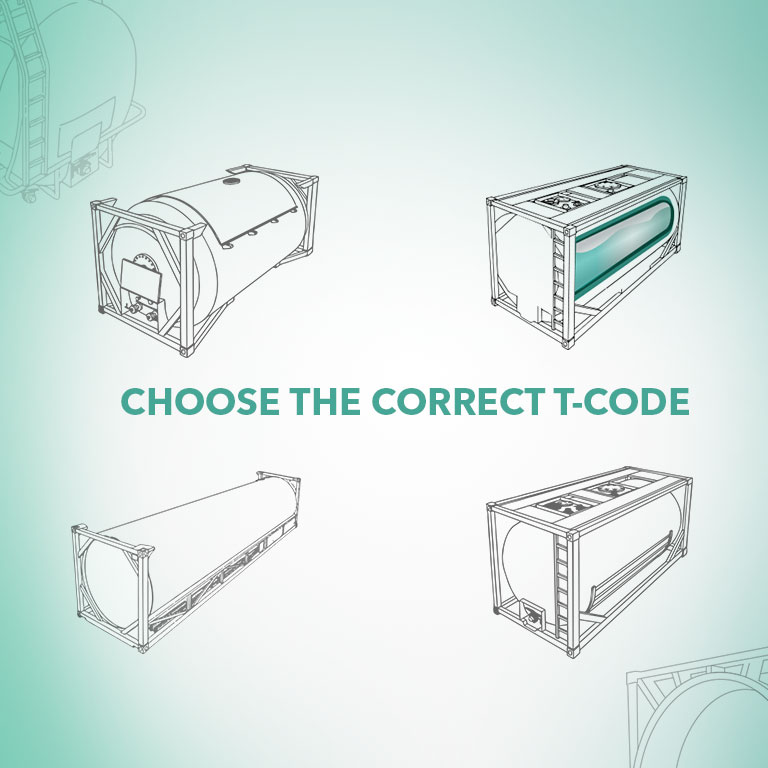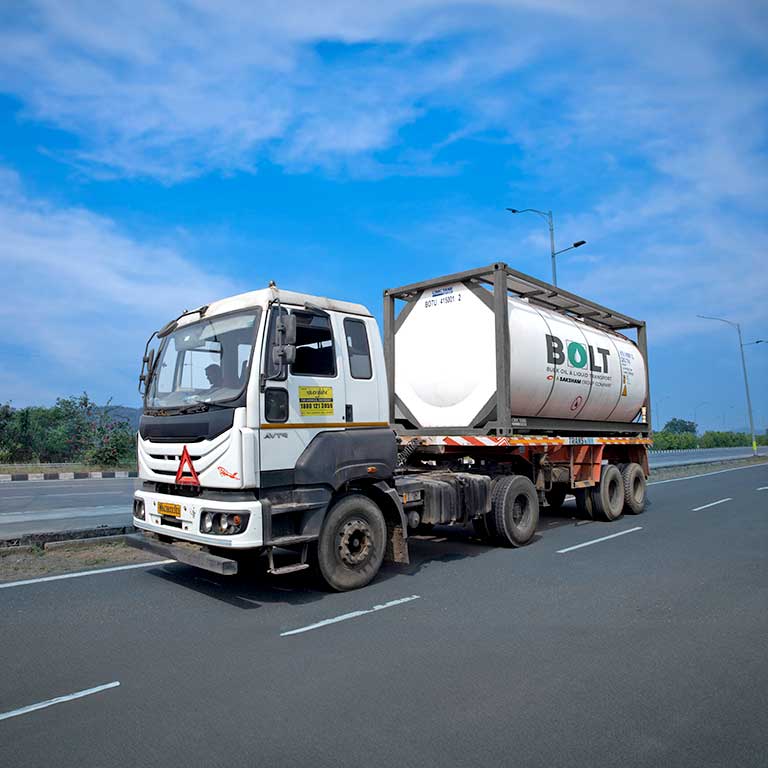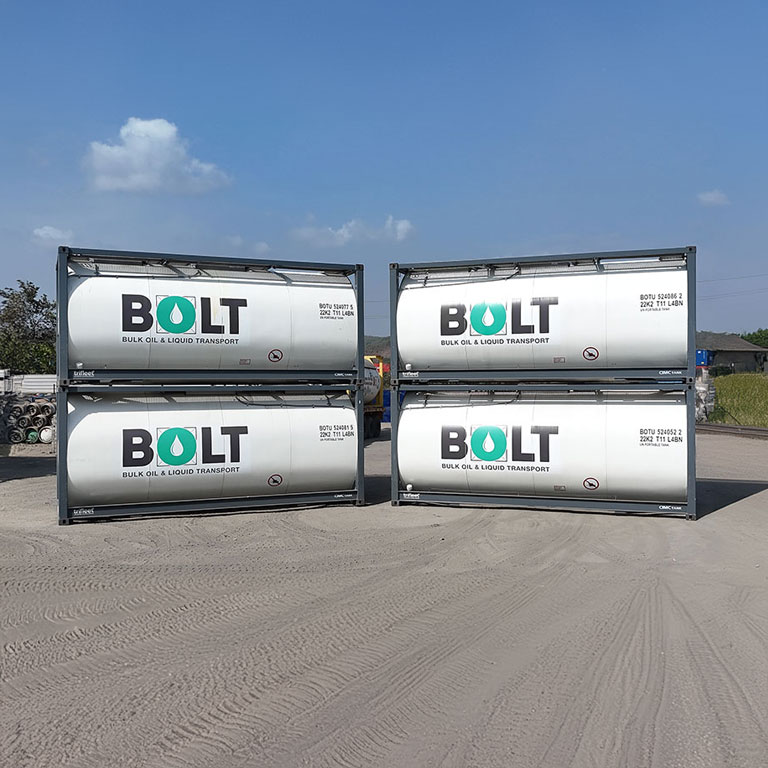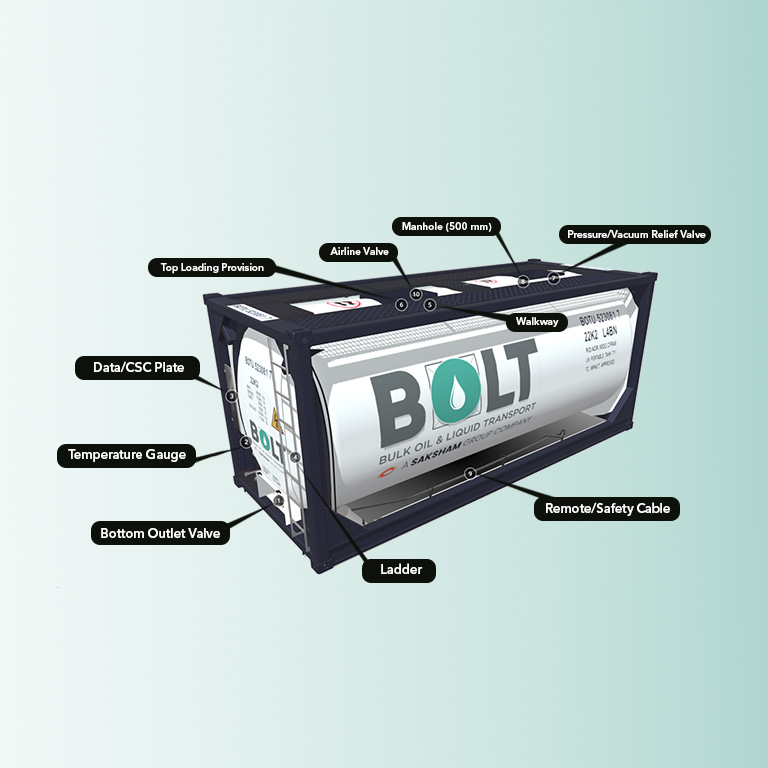
Drawbacks of Lining in T11 ISO Tanks
When it comes to the transportation of bulk liquids, T11 ISO Tanks are a preferred choice across industries due to their robust design, versatility, and cost efficiency. One of the key features of these tanks is the absence of an internal lining. While lining might seem like a protective measure, in the case of T11 ISO Tanks, it introduces several potential drawbacks. In this blog, we will explore why lining these tanks can be more disadvantageous than beneficial.
-
Material Compatibility and Durability
T11 ISO Tanks are constructed from high-grade stainless steel, typically 316L, which is renowned for its exceptional resistance to corrosion. This material is inherently compatible with a wide range of liquids, including chemicals and food-grade products, making an internal lining unnecessary. Introducing a lining could actually reduce the tank’s durability, as the stainless steel itself offers superior protection against chemical reactions. A lining might not only be redundant but could also potentially break down over time, compromising the tank's integrity.
-
Complications with Fittings and Connections
One of the most significant drawbacks of lining T11 ISO Tanks is the impact it can have on the tank’s fittings and connections. The valves, manholes, and pressure relief devices on these tanks are designed to be securely integrated with the stainless-steel structure. A lining could interfere with these connections, leading to potential leaks or weakening the overall structural integrity of the tank. Over time, the lining material could degrade around these critical points, making maintenance more challenging and increasing the risk of contamination.
-
Challenges in Cleaning and Maintenance
The absence of a lining in T11 ISO Tanks simplifies the cleaning and maintenance process. Linings can develop cracks or wear over time, creating hidden areas where residues can accumulate. This can be particularly problematic in applications where hygiene is critical, such as in the transport of food-grade liquids. An unlined stainless steel surface, by contrast, allows for thorough and straightforward cleaning, reducing the risk of cross-contamination between different cargos.
-
Cost Implications
Adding a lining to a T11 ISO Tank introduces additional costs, both in terms of initial manufacturing and ongoing maintenance. The lining material and its installation require extra resources, driving up the cost of the tank. Furthermore, if the lining becomes damaged, repairs can be expensive and time-consuming, leading to increased operational costs. By opting for an unlined design, T11 ISO Tanks offer a more cost-effective solution without sacrificing safety or performance.
-
Limited Versatility
Lining a T11 ISO Tank can also limit its versatility. These tanks are used across various industries to transport a wide range of liquids. The unlined, stainless steel construction makes them adaptable to different substances without the need for multiple, specialized tanks. A lined tank, however, may be limited in the types of liquids it can carry, as the lining material may not be compatible with all substances, reducing the tank’s overall utility.
Conclusion
While lining might initially seem like an added layer of protection, in the case of T11 ISO Tanks, it introduces several significant drawbacks. From complications with fittings and maintenance challenges to increased costs and reduced versatility, the disadvantages of lining outweigh the perceived benefits. By understanding these drawbacks, businesses can make informed decisions and take full advantage of the robust design of unlined T11 ISO Tanks.
Blog By:

